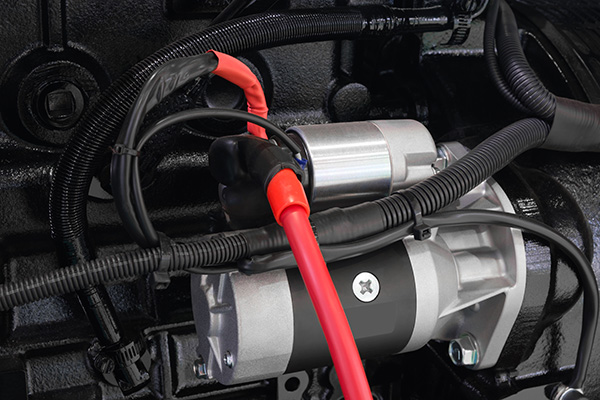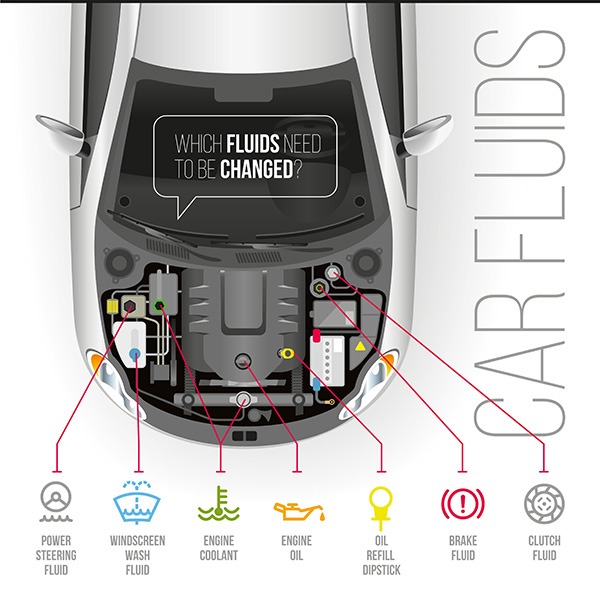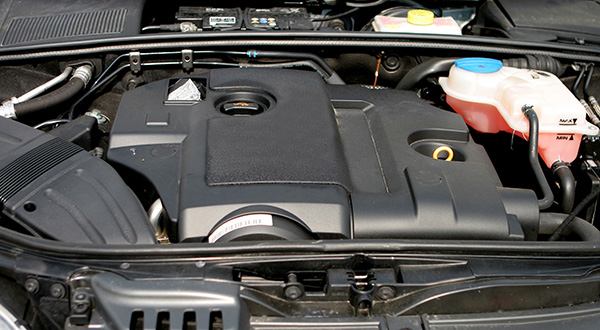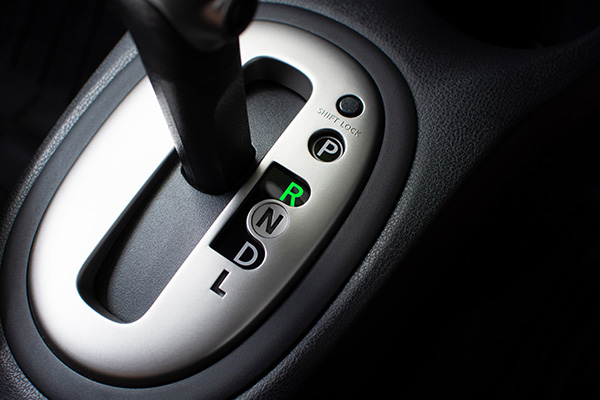Posted on 9/26/2025

When a car hesitates to start, it usually means something in the ignition, fuel, or electrical system isn't functioning as smoothly as it should. While the engine may still start and run, hesitation can point to early warning signs of trouble. These issues tend to develop gradually, but if ignored, they can lead to poor performance, higher fuel use, or eventually a vehicle that won’t start at all. Spotting the cause early helps prevent more costly repairs later on. Battery Problems Can Slow Down Ignition One of the most common causes of startup hesitation is a weak battery. If the battery doesn’t have enough power to crank the engine quickly, you’ll notice sluggish starts, especially first thing in the morning or after the car has been sitting overnight. Cold weather makes this even more noticeable, but batteries can begin to weaken at any time o ... read more
Posted on 8/29/2025

As summer winds down, many drivers shift focus to school, work, and cooler weather routines. But before fall begins, your car still carries the impact of months of heat, long drives, and heavy use. High summer temperatures can stress your engine, transmission, and cooling system, making late-summer maintenance essential. Checking and refreshing your vehicle’s fluids ensures your car transitions smoothly into fall without unexpected breakdowns. Engine Oil and Filter Engine oil is your vehicle’s lifeline, lubricating parts and keeping friction under control. Summer heat accelerates oil breakdown, and dusty conditions common in places like Bakersfield can cause filters to clog faster. If you’ve driven long trips or hit your mileage limit, replacing the oil and filter before fall keeps your engine running smoothly. Fresh oil reduces wear, improves performance, and ... read more
Posted on 7/29/2025

Catching a burning smell after turning off your car can be unsettling. Whether it’s faint or strong, brief or lingering, that odor often points to something going wrong under the hood or underneath your vehicle. While not every burning smell signals immediate danger, it's never something to ignore. Identifying the source early can help you avoid expensive repairs or a breakdown. Let’s explore some of the most common reasons your car might emit a burning smell after parking and what you should do about it. Why You Smell Something After Parking When your car is in motion, airflow around the vehicle may disperse smells before you notice them. But once you stop and shut off the engine, heat continues to radiate from the engine bay and exhaust system. If any fluids have dripped onto hot surfaces or if components are overheating or rubbing, the resulting odor can become more noticeable while the vehicle sits. This is why the smell often hits you just afte ... read more
Posted on 6/27/2025

Long car rides can quickly go from exciting to exhausting, especially for younger passengers in the backseat. While smartphones and tablets are great distractions, there's something special about unplugging and enjoying some classic car games. These timeless activities don’t require batteries or screens, just a little creativity and a sense of fun. Whether you’re heading out on a cross-country drive or just traveling a few hours, these classic road trip games will make the journey more memorable for everyone involved. 1. I Spy Simple and endlessly entertaining, I Spy is perfect for kids and adults alike. One person selects an object within sight and offers the clue, “I spy with my little eye, something beginning with…” followed by the first letter of the item. Others take turns guessing until someone figures it out. It’s a great way to engage younger kids and encourage observational skills. 2. 20 Questions ... read more
Posted on 5/30/2025

Modern vehicles are designed with safety in mind, especially when it comes to the transmission. One question that often comes up is whether it’s possible to accidentally shift into reverse while driving forward. It’s a valid concern. After all, shifting into the wrong gear at the wrong time could cause serious damage or even a dangerous loss of control. The good news is that in nearly all automatic and most manual vehicles, built-in safety mechanisms make it extremely difficult, or nearly impossible for this to happen by accident. Still, understanding how your vehicle handles gear selection can give you confidence and help prevent potential issues. What Happens If You Try to Shift Into Reverse While Moving Forward In an automatic transmission, there are safeguards that prevent you from shifting into reverse at high speeds. If you try to move the gear selector into reverse while the car is in motion, the transmission control system will either ignore the ... read more